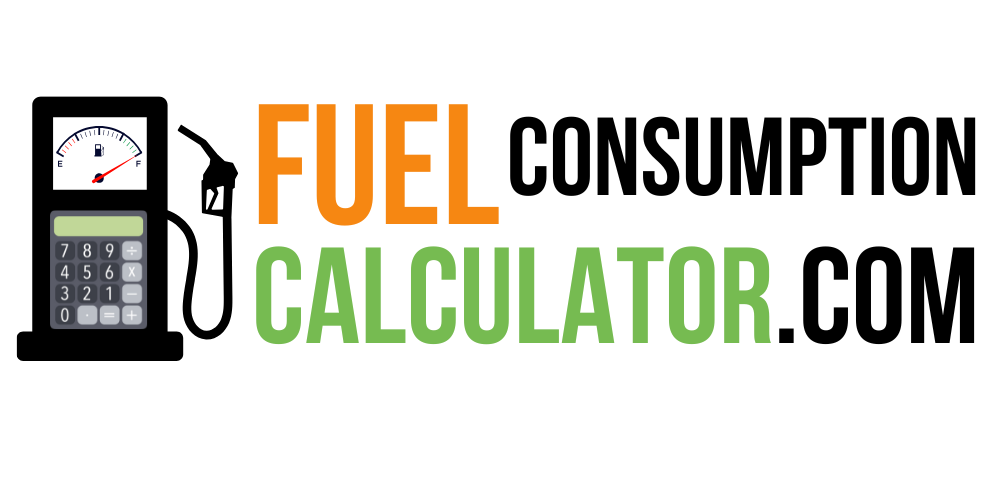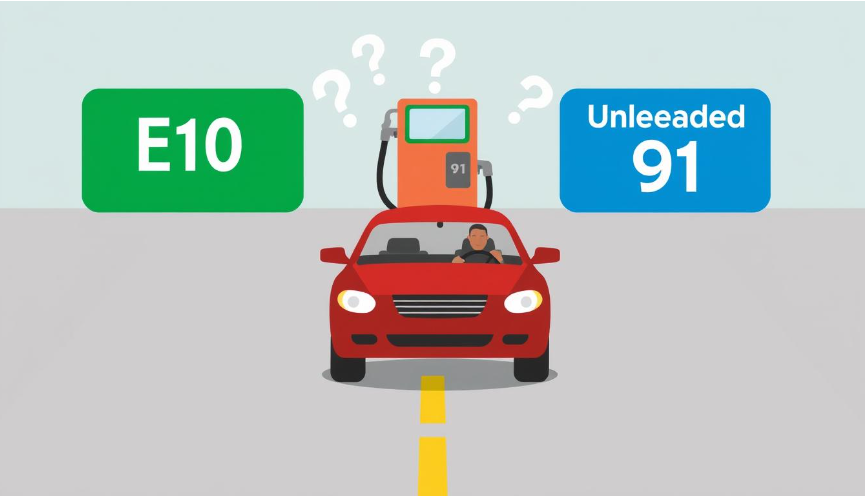Are you standing at the pump, puzzled by the array of fuel options? You’re not alone. The choice between Unleaded 91 and E10 fuel is a common dilemma for many drivers.
This guide will help you navigate the complexities of fuel selection, ensuring you make the best choice for your vehicle and wallet.
Contents
Key Takeaways:
- Unleaded 91 can often be used instead of E10, but consider your vehicle’s requirements.
- E10 has a higher octane rating (94) compared to Unleaded 91.
- Switching fuels may affect fuel economy and engine performance.
- Always consult your vehicle’s manual for the recommended fuel type.
Unleaded 91 vs. E10: The Basics
Unleaded 91 and E10 are two popular fuel options, each with its own characteristics:
Fuel TypeOctane RatingCompositionTypical UseUnleaded 9191 RON100% GasolineStandard vehiclesE1094 RON90% Gasoline, 10% EthanolMost modern vehicles
E10 fuel, with its higher octane rating, offers better knock resistance and potentially improved performance in some vehicles. However, the ethanol content in E10 can slightly reduce fuel efficiency.
Can You Switch from E10 to Unleaded 91?
The short answer is: it depends on your vehicle. Here are some factors to consider:
- Vehicle Compatibility: Most cars manufactured after 1986 can run on both E10 and Unleaded 91. However, some high-performance vehicles may require higher octane fuel.
- Engine Performance: Using a lower octane fuel (Unleaded 91) in an engine designed for higher octane (E10) may result in reduced performance and efficiency.
- Fuel Economy: While E10 has a higher octane rating, it contains less energy per liter due to the ethanol content. This means you might get slightly better fuel economy with Unleaded 91.
- Cost Considerations: E10 is typically cheaper per liter, but the reduced fuel economy might offset the savings.
Making the Right Choice
To determine the best fuel for your vehicle:
- Consult Your Owner’s Manual: This is the most reliable source for your vehicle’s fuel requirements.
- Check the Fuel Cap: Many vehicles have a label inside the fuel door indicating the recommended fuel type.
- Consider Your Driving Habits: If you frequently engage in high-performance driving, a higher octane fuel might be beneficial.
- Calculate the Cost-Benefit: Compare the price difference and potential fuel economy changes to determine which fuel is more economical for you.
Environmental and Performance Considerations
E10 and the Environment
According to environmental studies, E10 can reduce CO2 emissions by 2-5% compared to regular petrol and decrease harmful particulate emissions by 20-30%. This makes E10 a more environmentally friendly option for those concerned about their carbon footprint.
High-Performance Engines and Fuel Requirements
For high-performance vehicles, fuel choice is crucial:
Engine TypeRecommended FuelReasonStandardUnleaded 91 or E10Sufficient for most daily drivingHigh-PerformancePremium (95-98 RON)Prevents knocking, optimizes performance
The Bottom Line
While you can often use Unleaded 91 instead of E10, it’s essential to consider your vehicle’s specific requirements. Always prioritize the manufacturer’s recommendations to ensure optimal performance and longevity of your engine.
Remember, the right fuel choice balances performance, economy, and environmental impact. By understanding these factors, you can make an informed decision at the pump, keeping your vehicle running smoothly and efficiently.

Hi, I’m Sufiyan, the developer behind this platform. I created FuelConsumptionCalculator.com to simplify fuel tracking for everyone — because understanding your vehicle shouldn’t require a degree in mechanics. I’m always working on adding more tools and content to make this site even more useful

